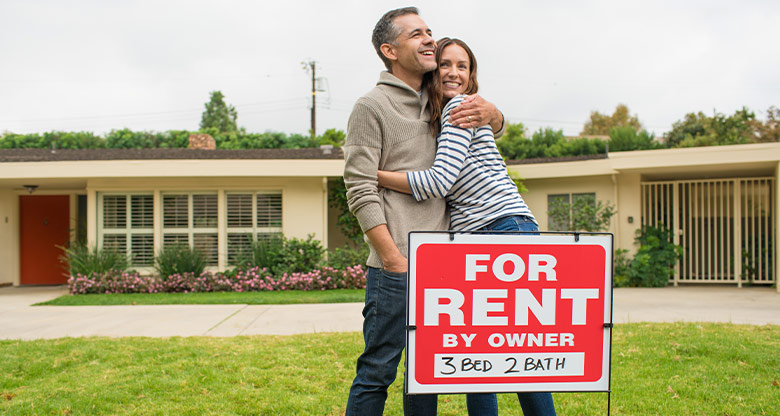Rental return potential will be a key factor in deciding what type of investment property you end up buying. But working out how much rent to charge can be a bit of a tightrope walking act.
On one hand, you want to make sure you charge enough to ensure a decent rental yield. But on the other hand, you don’t want to price yourself out of the market by charging so much you turn away potential tenants and leave your property vacant for a long time.
So, how do you find the rent-charging sweet spot?
Check rents for comparable properties
Check out what other apartments in your block or houses in your street are currently or have recently rented for. Just make sure you compare properties that are of similar type (apartment or house, established or off the plan) and have similar floor space, bedrooms, condition, car space etc to yours.
Check average & median rents for your suburbs
This information is usually freely available online and provides a bigger picture than looking at comparable properties alone. You should also be able to find rental trends for your suburb at this point in your research journey, which will give you some idea as to the demand for that suburb over time.
CommBank’s complimentary Property & Suburb Reports provide rental profiles for all suburbs, including typical rental prices, yields and capital growth.
Talk to the experts
A good starting point for working out how much rent to charge is of course the real estate agent through whom you’re planning to rent out the property.
But they’re not the only real estate professionals you can consult. A good property manager with years of local knowledge and experience can also be a handy source of information. They may be able to advise you on changes or enhancements you can make to your investment property that are likely to up its rental return potential.
Get in touch with other investors who have properties in the same area as yours. They can provide firsthand information about how easy or difficult it was for them to source tenants, as well as any ‘insider’ details about the neighbourhood or apartment complex (for example) that may impact your potential rental income.
Set the rent and see what happens
Bite the bullet and lock down a rental price to advertise. If you find it hasn’t rented after say one or two open inspections – and if, during that time, comparable properties have been successfully rented for less – you may then want to lower your asking price.
Keep in mind that maximising your rental return may not necessarily be your end goal, especially if you’re negatively gearing your investment property. It could be worth lowering your asking price to lock in good, reliable tenants for at least 6-12 months.




